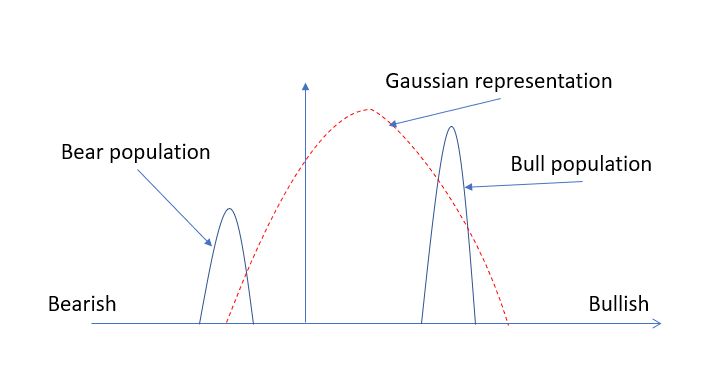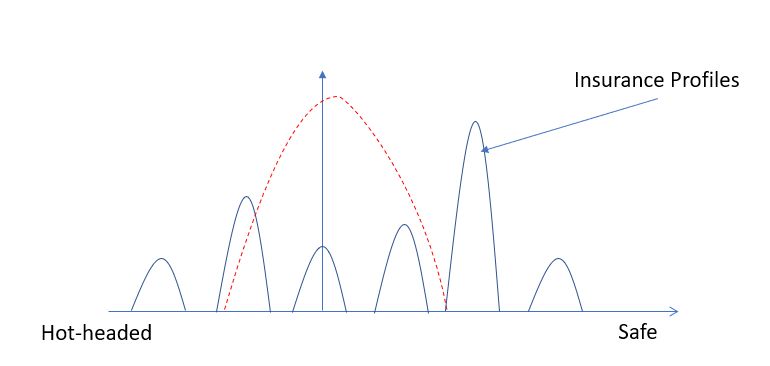Philosophy and mathematics today for a change!
Should I mention Einstein, Laplace, Isaac Newton, … then you tell me these were geniuses of their time, with IQ far above average. They knew how to use their brains to solve some problems. Then maybe you would continue the list by quoting Warren Buffet, Bill Gates, Mark Zuckerberg? Right? Wrong! These are not geniuses. They are hard workers, use their brain to reach some objective, and have been helped by chance. A lot! They were at the right place at the right time to get money their way…

If you want to look at the work of an incredible brain without digging into formulas, you need to read that book. Author introduces a theory that Venus began as a brilliant comet ejected by Jupiter around 1600 BCE, wreaking chaos on Mars and Earth … For this objective, he has analyzed thousands of documents, we would call big data today, then produced a theory that unifies and matches all the stories shared until Roman empire at least. He may be wrong, but the attempt is definitely brilliant!

Let’s look now into the future! Who will be the brains of today that will be remembered in year 2500? They are called Deep Blue, Watson, Sequoia, Titan, MilkyWay-2, and their IQ are measured in Peta Flops, i.e. the number of operations they can make each second. The software on top of these super computers runs Artificial Intelligence algorithms, attempts to find repeated patterns in big huge amounts of data and appears intelligent because pattern from the past may produce similar results in the future.
Now imagine one second that such computer manages to prove that the straight line is not the shortest path between two points even in our euclidean space. Will you dispute this theory? Not a chance… Sooner or later, we will give up thinking and let the machines think for us. Sooner rather than later… look how advertisement pushes you to buy things you don’t need!
This is where we start having problems. Dividing the investment population (including robots) into bulls and bears is already very complex but completely pinpoints a divergent view between machines and humans. People are usually bearish or bullish on a stock, people change their mind, but if they have no opinion, they are not trading the stock. Bulls are bears can therefore be represented not by one but 2 exponential-like populations! If you are bull and suddenly express some concern, you are immediately flagged bear, but you can be drawn back to bulls territory in violent ways by hard facts. The exponential model fits that description.

For a machine, this is not possible. There is an average, and the deviation compared to average is measured. When average is positive, machine is bullish. but not in an exponential way. It is only parabolic, under the influence of Gauss theories. As explained in previous blog posts, population at the average is close to zero and some bulls and bears may feel totally not included in this model.
The Gaussian parabolic model is used everywhere where money is engaged. The Laplace first distribution exponential model (incidentally, the Gaussian distribution is Laplace second distribution, but history forgets) is barely used though it better describes nature and human behavior.
You don’t believe me? Let’s consider your life insurance. Your insurer has defined profiles, keeps asking question about family, your work, your habits, … and you are classified as profile that entitles you to benefits pending whether you are daredevil or living an hermit life. Too risky or too safe is suspicious. The Gaussian curve averages it all, including the extra small font section in your contract, and when you think you could profit, you are just outside the dotted red parabolic curve! From another perspective, if you fit exactly the average, you are probably lying or are the boring kind.

Not everything can be fitted into Gaussian distributions. If you are managing a company designing products, you know you should focus your efforts on features that leave the competition behind. But spreading the budget in Gaussian manner across projects may be a very bad strategy, putting too much stress on critical matters. The spreading should look like this graph!

Pierre Simon de Laplace is still heralded a genius by many, including me. He has worked 2 distributions, one is akin to industrial processes (the parabolic one promoted by Gauss) and works perfectly for that purpose, the second one is a better fit for nature and human behavior. There may be still others…. Being in the wrong model makes you by default outside your own model and you don’t feel good at home! So wake up your brains, we need the world to be a safer place, we have enough to cope with cataclysms and pandemics and we want to have theories, disputes, …. because that is life!

That’s it. Until next time, trade safely!

